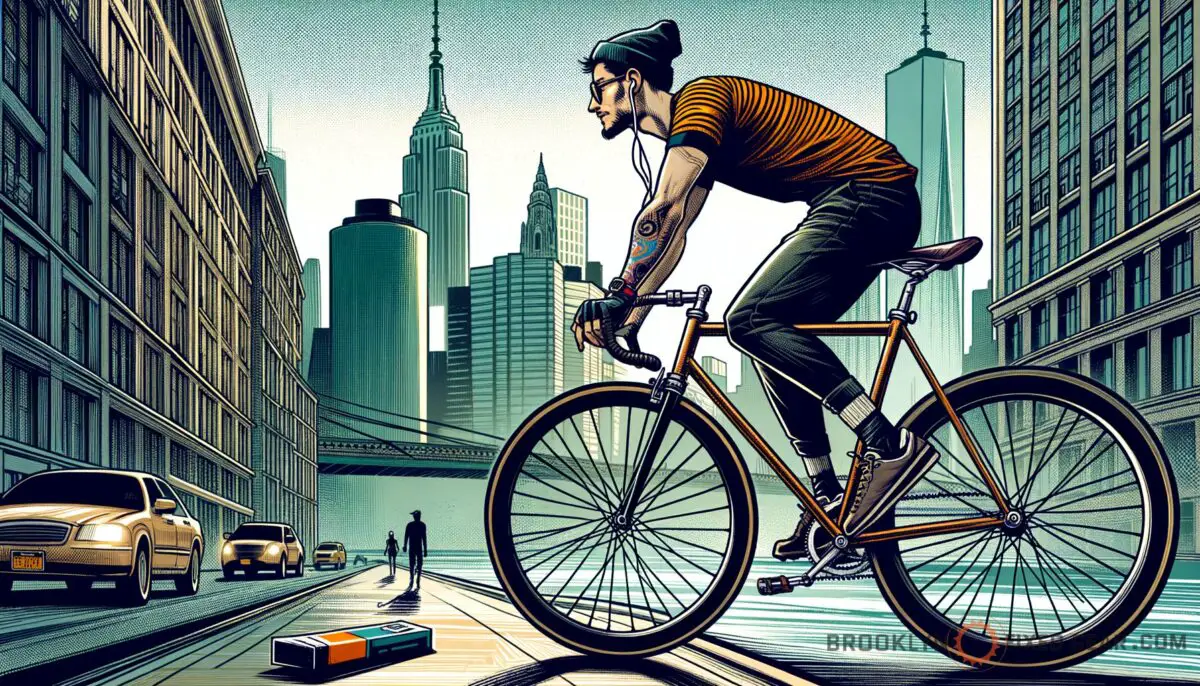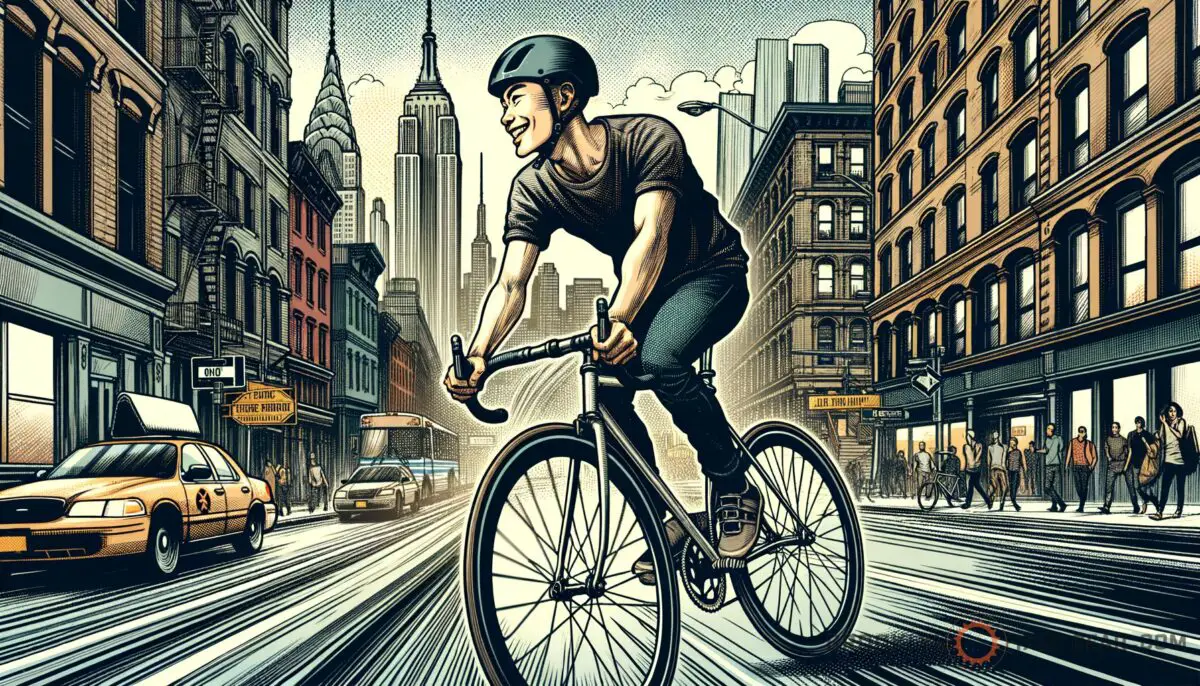Welcome to our tools page. Here, you will find a collection of powerful tools designed to help you on your cycling journey. You can access these resources directly from your favorite browser without signing up or installing anything!
- Bike Size Calculator: This detailed calculator aids in selecting the ideal frame size for a fixed gear bike to match a rider’s specific body measurements, including height and inseam length. By providing accurate sizing, the tool ensures that riders maintain proper posture and comfort, which is crucial for the unique demands of riding a fixed gear bicycle.
- Gear Ratio Calculator: Designed for the specificity of fixed gear cycling, this calculator allows riders to input their wheel size, crank length, and desired cog and chainring teeth numbers. The outcome helps in understanding how these ratios will affect their ride, including aspects like acceleration, top speed, and the effort required for climbing hills or riding in flat terrains.
- Tire Pressure Calculator: Taking into account variables such as rider weight, tire width, and riding conditions, this calculator gives personalized recommendations for tire pressure. Proper inflation is key for fixed gear bikes as it influences traction, comfort, and the overall handling of the bike on various surfaces, from smooth asphalt to rugged cobbled streets.
Keep an eye out for more digital tools coming soon.













